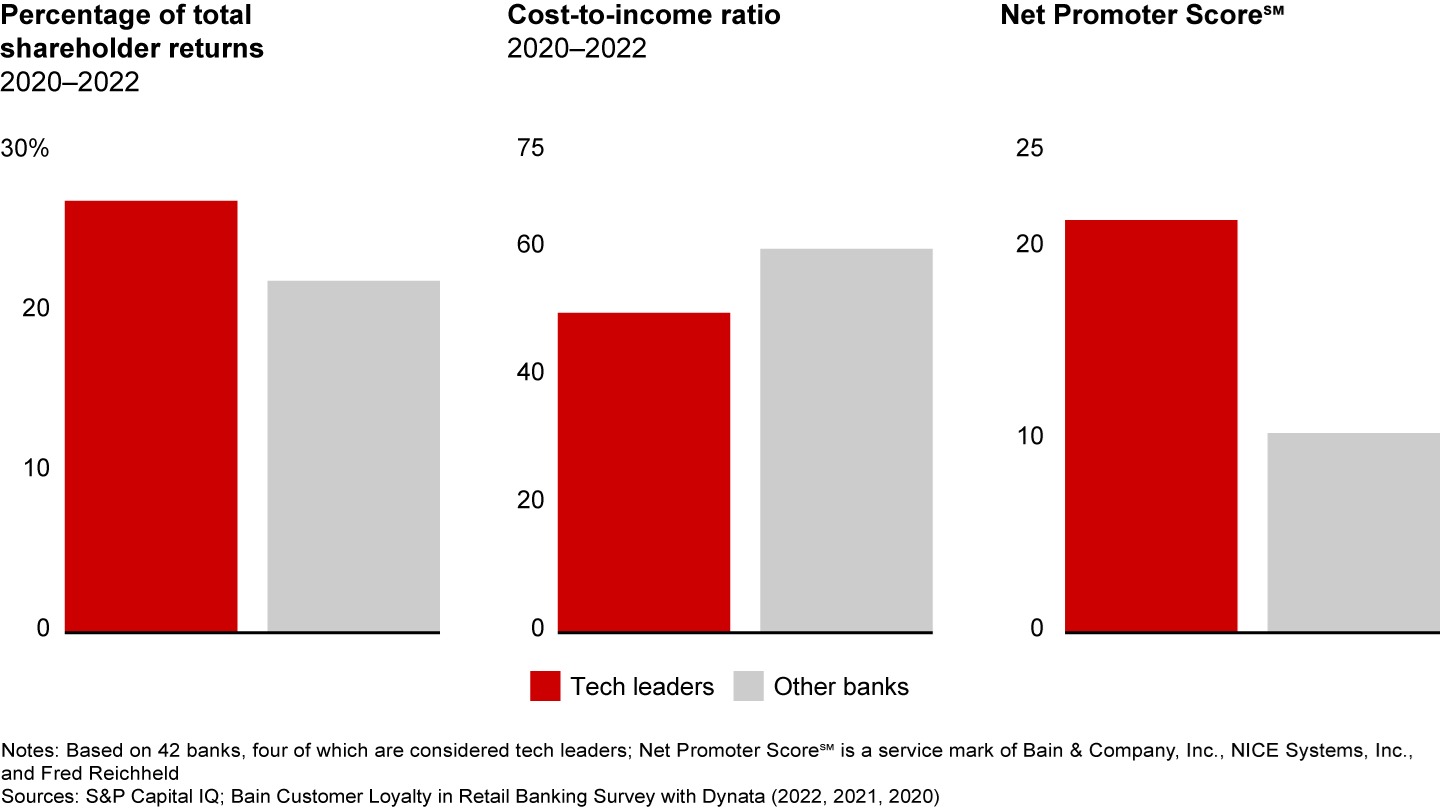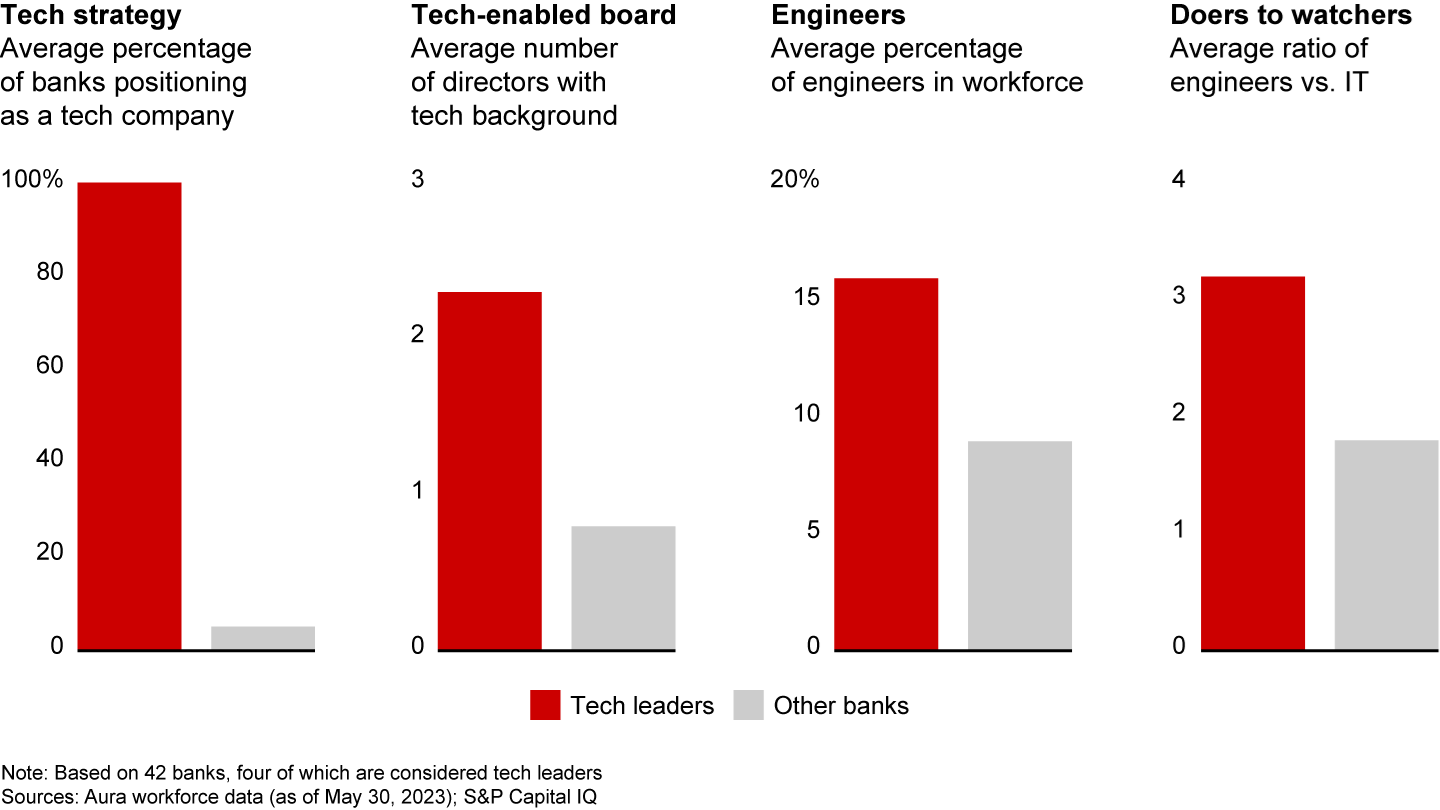Brief

Executive Summary
- The role of CIO has become much more strategic in recent years as enterprise technology has evolved from supporting business needs to enabling new value creation.
- New technologies such as artificial intelligence (AI), real-time data processing, and integration with the Internet of Things are bringing rapid and meaningful changes to companies, their business models, and their opportunities.
- CIOs need to be ready to act when business leaders start asking for the services that these technologies enable.
- The best way to be prepared is to build new tech capabilities within the organization and lead the company in developing new ways of working.
Every decade or so, business technology passes through a meaningful inflection point that changes the way companies manage their information and do business. For CIOs, these are career-defining moments. For the companies they serve, their choices can determine market leadership.
The last shift introduced cloud computing at scale, mobile interfaces, modern application programming interface–led architectures, software-as-a-service platforms, and Agile ways of working. Companies digitized their business, and tech went from a support function to a creator of new value.
Today, we’re seeing another shift hastened by the maturity of a set of technologies that help companies make better use of all that data. Generative AI, natural language processing, event-driven architectures, real-time data processing, and integration with the Internet of Things all combine to help companies better understand, synthesize, and create value from data.
This combined wave of innovation is already changing the way companies do business, prompting technology function leaders to ask a lot of important questions.
- Talent: Do we have the right people to envision and execute this future—and if not, where do we find them?
- Architecture: Can we store and access the data we need reliably and in real-time? Are our systems Agile, modular, and interconnected? Can we easily integrate data outputs into applications and user workflows?
- Governance: Is our data quality robust enough to trust?
- Security: Are we investing and developing where we should be to address data privacy and ownership? Are we building up our reliance against (and our ability to recover from) cyberattacks?
For CIOs, getting ahead of these changes can mean the difference between being ready when company leaders start asking for these services or being surprised by competitors. With technology driving value, the CIO’s role becomes much more strategic (see Figure 1). They need to be leading the dialogue with business leaders while also delivering change quickly and at scale.
Leaders with a consistent and strategic focus on technology outperform the market on value and cost


CIOs who get it right take four types of proactive actions.
- Commit to becoming a technology leader. CIOs need to ensure that tech strategy is connected to the fabric of business strategy. But it isn’t about promising to do everything the business wants or running a tactical, initiative-by-initiative prioritization. True leadership is required. CIOs needs to understand where there is a clear business case for new technology and a likelihood for it to deliver against ROI expectations and then construct their priorities ruthlessly around this.
- Get started, and be prepared to pivot. In an uncertain environment, it can be tempting to keep planning and wait for conditions to be just right before getting started. Leaders start working on the “no regrets” backlog as soon as they can. They invest more in tech staff and have more engineers per capita in IT than most companies do (see Figure 2). They also test, learn, fail, or scale, applying Agile principles to the transformation.
Figure 2Tech leaders have bigger tech functions and more engineers on their IT staff (banking example)

- Build their own capability. Leaders build up their internal capabilities to manage technology change rather than relying on external vendors or platforms. They put the right leadership team in place to set the vision and govern change, and they hire engineers to build critical capabilities. At a large FTSE 50–sized utility, the key driver of economic value was the ability to predict asset failure on a very old, fragmented, and largely underground asset base. Historically, the utility had outsourced this problem to vendors who lacked operational expertise. By building delivery squads with engineering and operational resources, the company was able to build a series of innovative digital products that delivered quick results, cutting customer outages by half and increasing fault detection by a quarter.
- Prioritize culture change, and enable modern ways of working. The main enablers of success for a tech transformation are effective alignment between business and technology and effective change management. A digital technology transformation can’t be something that IT does alone; leadership needs to support and endorse the culture change, with tech leaders at the table.
So much of success depends on the deployment of a modern, modular enterprise architecture. Bain’s research finds that companies that adopt elements of modern architecture are more likely to achieve their intended business outcomes. Companies need to be able to expose data and services quickly to customers and other users. A modern, Agile, and adaptive architecture is the key to enabling this. Owning and controlling this capability, rather than being reliant on vendors, allows companies to deploy these capabilities faster (for more on how companies transition to a modern architecture, read the Bain Brief, “A Modern Enterprise Architecture Is Essential for Scaling Agile”).
